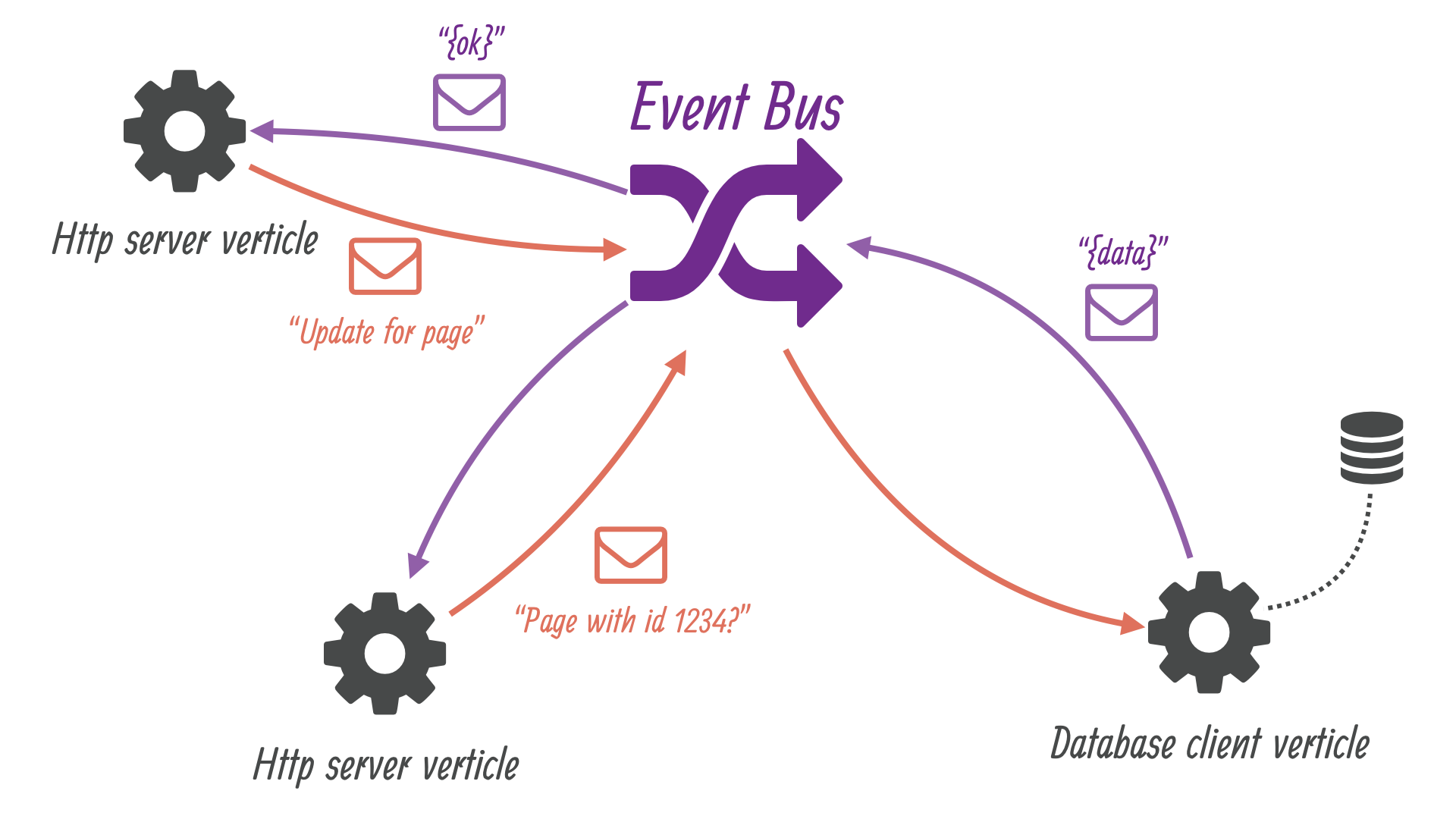Ktor is a Kotlin-based framework developed by JetBrains for building asynchronous web applications and microservices. Unlike many traditional frameworks, Ktor is designed to be lightweight and flexible, allowing developers to create highly customized applications without unnecessary overhead. Whether you’re building a simple web server, a RESTful API, or a fully-fledged microservice, Ktor provides the tools you need while embracing Kotlin’s expressive syntax.
In this blog, we’ll dive into what makes Ktor unique, explore its features, and walk through a basic example to illustrate its capabilities.
 Source: Internet
Source: Internet
What Makes Ktor Unique?
Kotlin First
Ktor is built specifically for Kotlin, taking full advantage of Kotlin’s language features, such as coroutines, to provide a smooth and idiomatic experience. This tight integration with Kotlin allows for concise and expressive code.
Asynchronous by Design
Ktor is asynchronous at its core, leveraging Kotlin’s coroutines to handle multiple requests efficiently without blocking threads. This makes Ktor particularly suitable for high-performance applications that need to handle many simultaneous connections.
Modular Architecture
Ktor is highly modular, allowing developers to include only the components they need. Whether you require authentication, session management, or templating, you can easily add or remove features as necessary, keeping your application lightweight.
Read on → Source: Internet
Source: Internet Source: Internet
Source: Internet